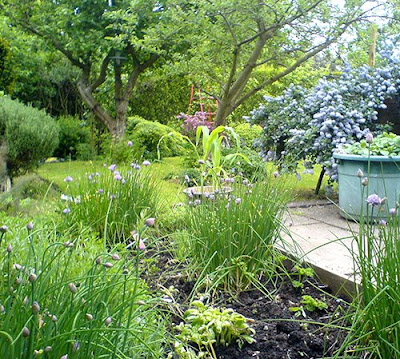
There are rumblings at foot in the village (I’m coming out here, Northwood). The local ruling party, the Conservatives (fingers in throat) are posting “Save Our Small Shops”. Well absolutely, well worthy and most commendable in theory, however, just so impractical in nature. That is unless you are one of the number that need the five or six hairdressers/beauty saloons, or are required to buy/sell a house, four, or the equal number of greeting card shops that are available of the 30 or so shops in the village. What makes me so cross (and here comes the rant) is that not one sells useful commodities like: fish, meat, fresh vegetables, local eggs, a halfway decent loaf or on a personal level, art supplies. We have four coffee shops, well, I can brew my own for one tenth of the cost (using fairtrade beans) and although I too like hangin’ with friends, I find home a more congenial space rather than their multi-national and sadly predicable interiors, where nobody knows the variety or lineage of their coffee.
Just a few good shops survive: a watch repairers, a shoe shop (well, I am addicted), a gent’s outfitters (wonderful, but far too expensive for this household), a haberdashers (oh, hallowed one), a book shop (struggling with on-line sales, guilty), a kitchen design shop (quite beautiful, but how often do you need to spend a fortune refiguring your kitchen? I give it a year) and two wonderful charity shops (both supplied and regularly supported in sales by yours truly). The supermarket is now the heart of the village and has done for the local food suppliers, so sad. Here I blame the archfiend and arch-capitalist of past and present Tories, M.T. (I can’t bring myself to name the she-devil), a strange thing for a daughter of a grocer to do.
Blood pressure now subsiding, from your host, frizzy of hair, natural in beauty, clothes always two years out-of-date but yet weirdly funky, growing her own and always elegant at foot, surviver of commuter hell, Fay















































